CSE welcomes 18 new faculty in fall 2024
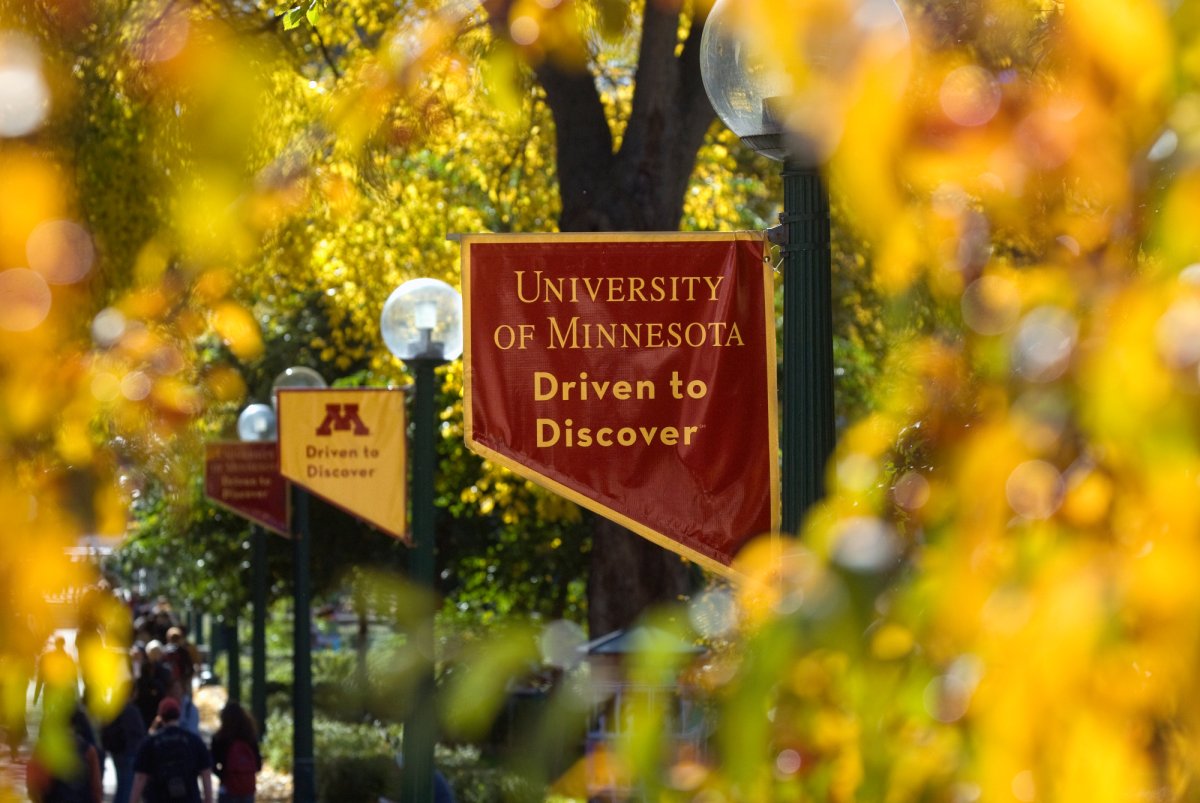
International experts in science, math, and engineering join the University of Minnesota
MINNEAPOLIS / ST. PAUL (09/17/2024) — In fall 2024, the University of Minnesota College of Science and Engineering (CSE) welcomes 18 new faculty members—building on its growth of 26 new STEM experts last year. Three more faculty are expected to arrive later this academic year.
With 47 new faculty in the last two years, CSE is well on its way to meeting its goal of hiring 60 new faculty in three years.
The impact and expertise of this new group of CSE faculty, starting fall 2024, is wide ranging. They include such topics as breast cancer, gene therapy technologies, paleomagnetic rock, decision-making for complex systems, and AI to accelerate scientific discovery.
Meet our new science and engineering faculty:
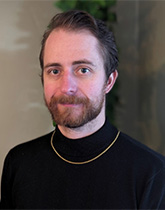
Jan-Niklas Boyn is an assistant professor of chemistry. He completed undergraduate studies in chemistry at the University of Oxford and holds both a master’s in physical sciences and a Ph.D. in theoretical chemistry from the University of Chicago. His research interests lie in computational and theoretical chemistry, where he aims to develop multi-level computational tools that allow researchers to bridge different length and time scales.

Grace Bushnell is an assistant professor of biomedical engineering. She holds both bachelor’s and master’s degrees in biomedical engineering from Northwestern University, and a Ph.D. in biomedical engineering from the University of Michigan. At the University of Minnesota, the Bushnell Oncomaterials Research Group focuses on advancing biomaterials and animal models to investigate how the tissue microenvironment, particularly immune interactions, regulates breast cancer metastasis.
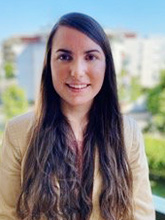
Ana del Val is an assistant professor of aerospace engineering and mechanics. Her research is focused on the development and application of stochastic methods to achieve robust predictive modeling of hypersonic and reacting flows. She holds a bachelor’s and master’s in aerospace engineering from the Universidad Politécnica de Madrid, Spain, and a Ph.D. in aerospace engineering from Institut Polytechnique de Paris, France.
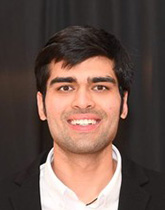
Aryan Deshwal is an assistant professor of computer science and engineering. The overarching theme of his research program is using artificial intelligence (AI) to accelerate scientific discovery and engineering design. Early this spring, in his final year as a Ph.D. candidate in computer science at Washington State University, he was invited to speak at the University of Minnesota computer science colloquium hosted by his current department. Deshwal holds a bachelor’s degree in mathematics and computing from Delhi Technological University.
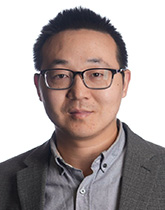
Caiwen Ding is an associate professor of computer science and engineering. Prior to Minnesota, he was a faculty member at the University of Connecticut, where he received more than two dozen research grants and a 2024 NSF CAREER Award. Ding’s interests include algorithm-system co-design of machine learning/artificial intelligence, machine learning for electronic design automation, and computer architecture. He holds a Ph.D. in computer engineering from Northeastern university.

Archis Ghate is department head and professor of industrial and systems engineering. Prior to joining the University of Minnesota, he served as the Fluor Endowed Chair in Industrial Engineering at Clemson University and was a professor at the University of Washington in Seattle. Ghate’s research focus includes optimization under uncertainty, Markov decision processes, and model-based reinforcement learning. He received a master’s in management science and engineering from Stanford, and a Ph.D. in industrial and operations engineering from the University of Michigan. He completed his undergraduate education in chemical engineering at the Indian Institute of Technology in Bombay.
Hart Goldman is an assistant professor of physics. He studies the emergence of quantum states of matter where strong interactions and long-ranged entanglement play essential roles. Of special interest to him are exotic topological phases and strongly correlated gapless quantum matter. He earned a Ph.D. in physics from University of Illinois at Urbana-Champaign and a bachelor’s in physics from Stanford University.
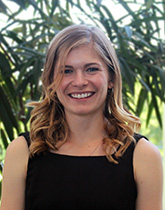
Kade Head-Marsden is an assistant professor of chemistry. She joins the University of Minnesota from the faculty of Washington University in St. Louis. Her research group works in theoretical quantum chemistry with a primary focus on open quantum systems, which are small quantum systems whose properties and dynamics are driven by the surrounding environment. Head-Marsden holds a bachelor’s in mathematics and chemistry from McGill University, and a Ph.D. in chemistry from the University of Chicago.
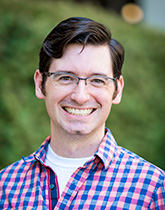
Mike Hill is the Ordway Professor of Mathematics. Algebraic topology is his research focus. Before making the move to Minnesota, he was a professor at the University of California, Los Angeles, where he was a member of the topology group. Prior to his appointment at UCLA, he served on the faculty of the University of Virginia, Harvard, and University of Virginia. Hill holds a Ph.D. in mathematics from the Massachusetts Institute of Technology.
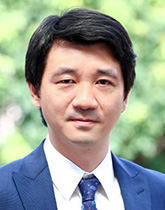
L. Jeff Hong is a professor of industrial systems and engineering. Before Minnesota, he held positions at Hong Kong University of Science and Technology, City University of Hong Kong, and Fudan University. His research includes stochastic simulation, stochastic optimization, statistical machine learning, and financial risk management. Hong holds a Ph.D. in industrial engineering and management sciences from Northwestern University, a master’s in applied mathematics from the University of Cincinnati, and a bachelor’s in automotive engineering from Tsinghua University in China.

Andrew Khalil is an assistant professor of biomedical engineering. He comes to the University of Minnesota Twin Cities campus from Whitehead Institute in Cambridge, Massachusetts, where he served as a postdoctoral research fellow. Khalil’s work seeks to leverage human pluripotent stem cells, genetic engineering, and gene therapy technologies to create functional immune cells with novel capabilities and to drive transformative advances in immuno-engineering and therapies for cancer, metabolic disorders, and age-related conditions.
Yan Liu is an assistant professor of physics. He joins the University of Minnesota from the University of British Columbia, where he worked on the Super Cryogenic Dark Matter Search experiment. Liu’s main research interests are direct dark matter searches and neutrino physics. He holds both a Ph.D. and master’s in astroparticle physics from Queen’s Univeristy in Canada, and a bachelor’s in physics from Shanghai Jiao Tong University in China.
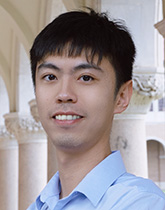
Zirui “Ray” Liu is an assistant professor of computer science and engineering. With a Ph.D. in computer science from Rice University, he has spent time as a research intern at LinkedIn, Meta, Samsung, and 4Paradigm. Liu’s research interests lie in large-scale machine learning and machine learning system. He co-designs algorithm and system, aiming to scale-up and accelerate machine learning models.
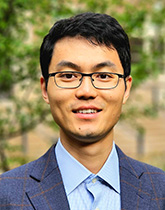
Shancong Mou is an assistant professor of industrial systems and engineering. He is interested in developing AI/ML techniques to fuse domain-specific knowledge and in-situ sensing data, to enhance the modeling and decision-making for complex systems. He received a Ph.D. in industrial engineering and a master’s in computational science and engineering from Georgia Institute of Technology. Mou completed his undergraduate studies in energy and power engineering from Xi'an Jiaotong University in China.

Nicholas Swanson-Hysell is an associate professor of earth and environmental sciences, and associate director of the Institute for Rock Magnetism. His research seeks to place quantitative constraints on the long-term evolution of Earth through integrating geophysical and geochemical data sets that are developed within a rigorous geologic context. A major focus of this research is on paleomagnetic and rock magnetic data sets. He holds a bachelor’s in geology from Carleton College and a Ph.D. in geosciences from Princeton University.
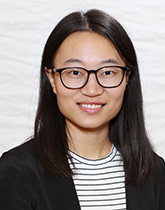
Liyan Xie an assistant professor of industrial systems and engineering. Previously, she was on the faculty at Chinese University of Hong Kong in Shenzhen. Her research lies at the intersection of statistics, optimization, and machine learning, with a focus on sequential change detection, spatio-temporal data modeling, diffusion models, and their applications to engineering problems. Xie received a Ph.D. in industrial and systems engineering from Georgia Tech and a bachelor’s in statistics from the University of Science and Technology of China.
Xianghan Xu is an assistant professor of physics and astronomy. Prior to Minnesota, he was part of the Cava Lab Solid State Chemistry Research Group at Princeton University.
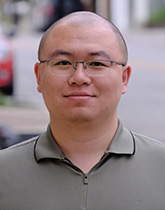
Yue Yu is an assistant professor of aerospace engineering and mechanics. His recent projects include real-time trajectory optimization and game-theoretic coordination in multiagent systems, with an emphasis on applications in advanced air mobility and spacecraft control. He earned a bachelor’s in aeronautics and astronautics at Beihang University in China and a Ph.D. in aeronautics and astronautics at the University of Washington.
